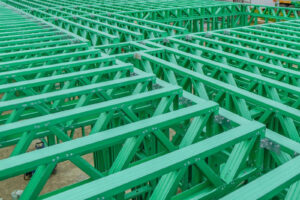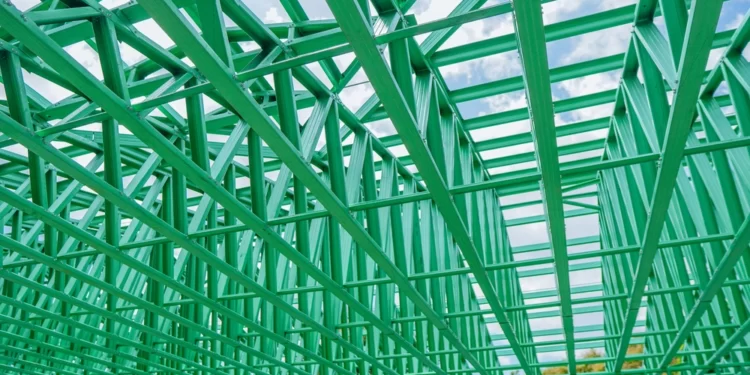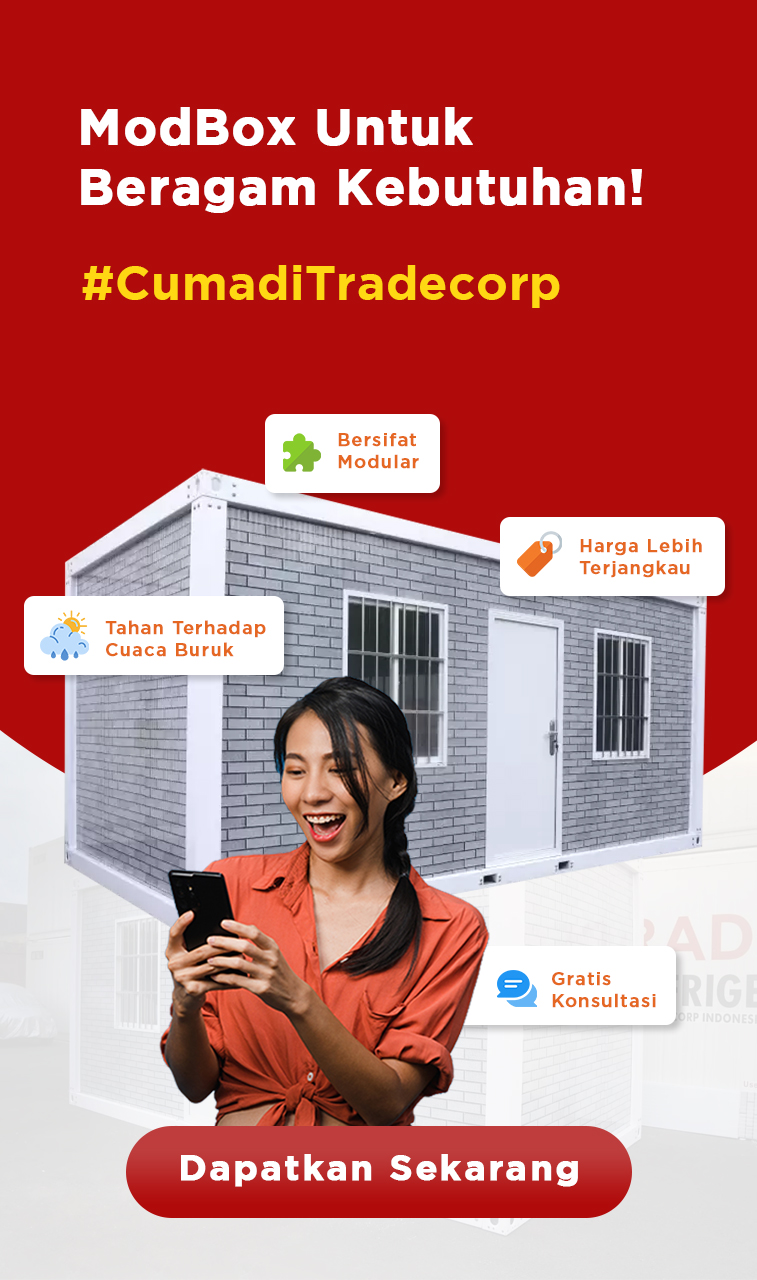Daftar isi
Rafters vs. Trusses
You can choose between rafters vs. trusses when building a roof. Rafters are made of wood and built on-site. Trusses are pre-made so it makes construction faster. Knowing the basics of each option can help you decide what’s best for your house.
The Best Option for Building Construction
What are Rafters?
Rafters are traditional roof supports consisting of sloped beams that run from the peak of the roof to the outer walls. Typically made of wood, rafters are installed on-site, providing a classic and versatile option for roof construction. This section will delve into the structural characteristics, installation process, and common applications of rafters in residential and commercial buildings.
Benefits of Rafters
Rafters offer several advantages, such as:
- Aesthetic Appeal: Rafters can create attractive vaulted or cathedral ceilings that add to the visual appeal of a home.
- Flexibility in Design: Since rafters are custom-built on-site, they can be tailored to fit unique architectural designs and irregular roof shapes.
- Attic Space Utilization: Rafters do not limit the use of attic space, allowing homeowners to convert attics into additional living areas or storage.
Read More: Steel Trusses: 6 Types, Advantages, and Solutions
What are Trusses?
Trusses are prefabricated triangular structures used to support roofs. These materials are designed and manufactured off-site, then delivered and installed as a unit. They distribute weight evenly across the roof and are engineered for efficiency and strength. This section will explore the design, fabrication, and application of trusses in modern construction.
Benefits of Trusses
Trusses offer several advantages, including:
- Cost-Effectiveness: Trusses are often less expensive than rafters due to their prefabrication and efficient use of materials.
- Quick Installation: Because they are pre-made, trusses can be installed quickly, reducing labor costs and construction time.
- Structural Integrity: Trusses provide excellent structural support, evenly distributing weight and resisting various loads and stresses.
The Differences Between Rafters vs. Trusses
Both rafters vs. trusses support roofs but in different ways. Rafters are versatile, easily fitting various architectural styles, and can be converted into attic spaces. Built on-site, they avoid transport issues, making them ideal for remote locations. However, trusses offer fewer design options but are more affordable and DIY-friendly. They must be prefabricated before roof construction, which can make transportation challenging.
Design and Aesthetic Differences
Rafters vs. trusses each give a different look and feel to a home. Rafters create open, vaulted ceilings that can make rooms feel larger and more spacious. They allow for more design flexibility, fitting various architectural styles. Trusses, on the other hand, are more uniform and don’t offer the same level of design variety. They provide a simpler, more straightforward look but can limit how you use the attic space.
Read More: What is Steel Frame Homes & 5 Tips for Building Them
Choosing the Right Option for Your Home
Deciding between rafters and trusses depends on your needs and preferences. If you want high ceilings and more design options, rafters might be the best choice. They are great for custom designs and flexible attic use. If you prefer a cost-effective and quick-to-install option, trusses could be better. They are affordable and DIY-friendly but may limit attic use. Consider rafters vs. trusses as its best to suit your budget, design preferences, and how you plan to use the space when making your decision.
The Best Option for Building Construction
Alternative of Choosing Roof Trusses

When deciding between roof rafters vs roof trusses, you may want to consider using the increasingly popular light gauge steel construction. Roof trusses offer cost-effectiveness and quick installation, making them ideal for projects where budget and time are crucial.
For those looking for a durable and efficient option, choose light gauge steel construction offered by Tradecorp Indonesia. Using Cold-formed steel, also known as LGS, provides superior durability, with light gauge steel structures buildings often lasting up to 50 years. This modern approach to roof trusses ensures longevity and reliability, meeting both aesthetic and functional needs.



















